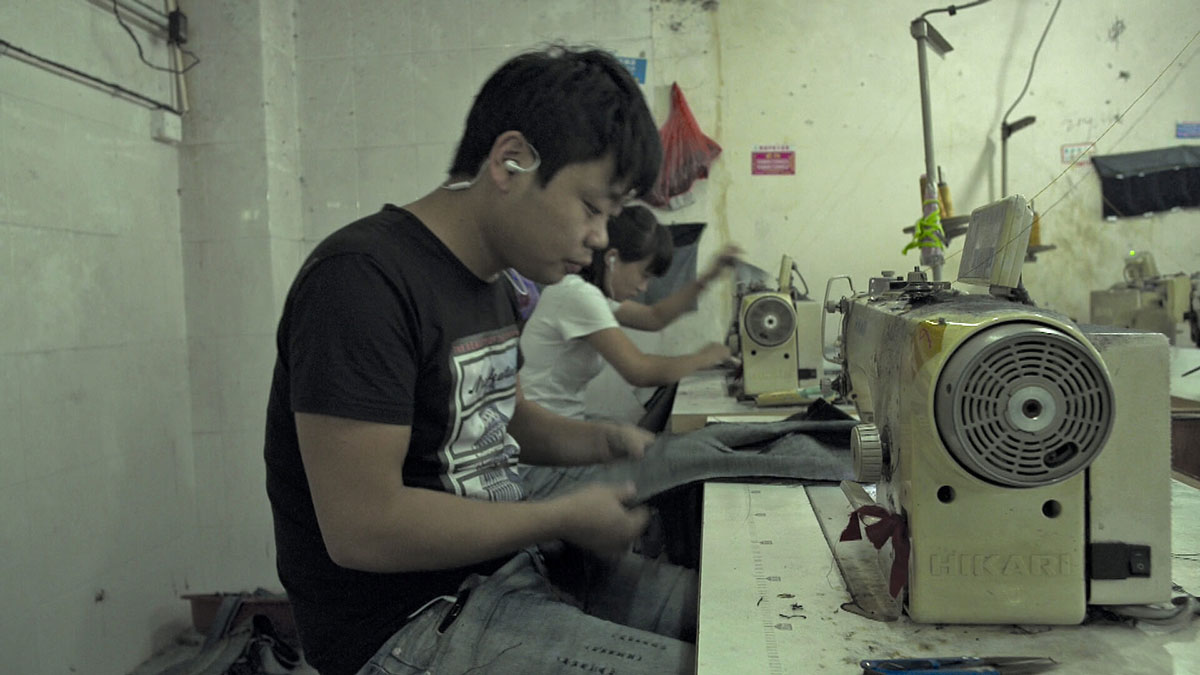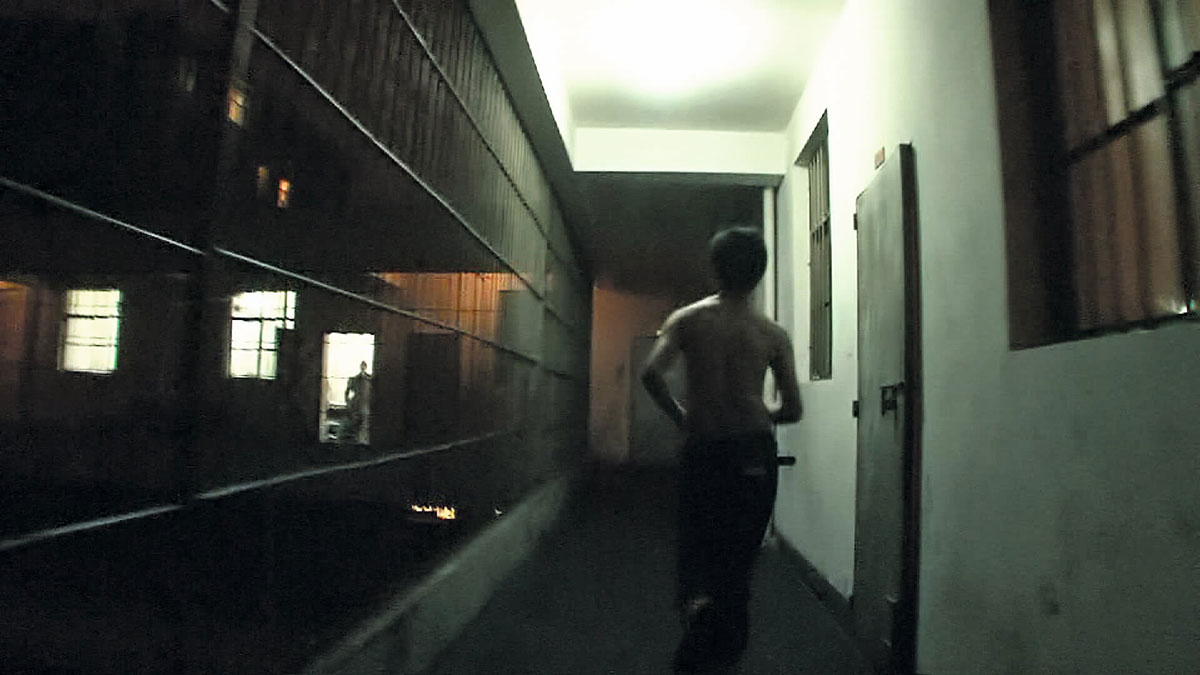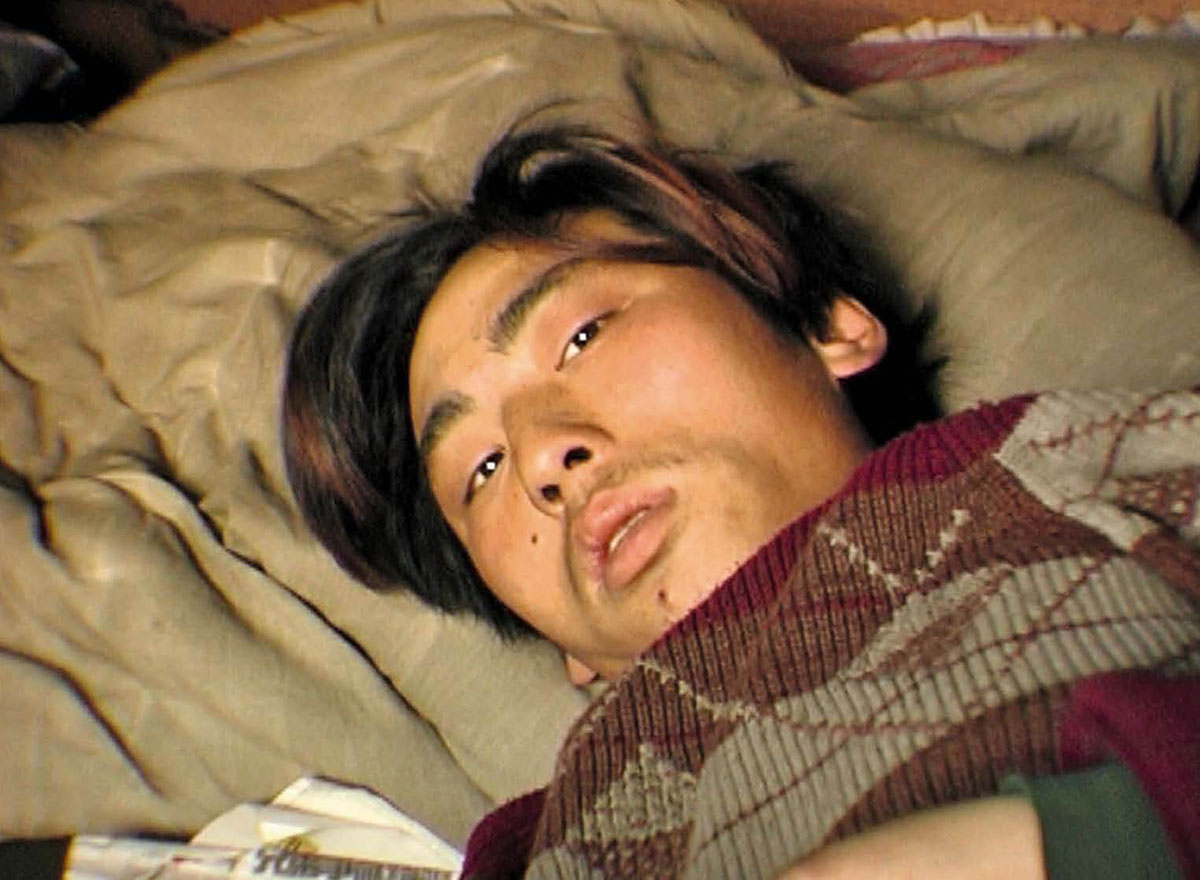VIDEO:Wang Bing-The Walking Eye
 For Wang Bing, making films is born of an urgent need to question his own time, his own country, to establish without delay an alternative to official media coverage, oscillating between propaganda and censorship. Wang Bing’s films are pervaded by a question: how to display the lives of those nameless Chinese whom the “socialist market economy” has ignored, disdained, or exploited. The political scope of Wang Bing’s films, never openly declared, is manifest therefore in an ethics of patience, of concentration, of persistence.
For Wang Bing, making films is born of an urgent need to question his own time, his own country, to establish without delay an alternative to official media coverage, oscillating between propaganda and censorship. Wang Bing’s films are pervaded by a question: how to display the lives of those nameless Chinese whom the “socialist market economy” has ignored, disdained, or exploited. The political scope of Wang Bing’s films, never openly declared, is manifest therefore in an ethics of patience, of concentration, of persistence.
By Dimitris Lempesis
Photo: CPG Archive
The oeuvre of Wang Bing consists of monumental films, extraordinary in their duration to which the viewer seems subjected. They reveal an aesthetic ambition of going beyond the purely documentary purpose of images. Indeed, they unveil formal figures and stylistic approaches that make Wang Bing a complex contemporary visual artist. Conceived as a general installation and based on a selection of sequences from Wang Bing’s films, the exhibition “The Walking Eye” allows visitors to apprehend in an immersive manner the documentary and plastic writing of Wang Bing’s cinematographic work. The exhibition invites visitors on a journey through Wang Bing’s cinema, as he himself has journeyed through China. Wang Bing’s first film, “West of the Tracks” (2003), was shot between October 1999 and April 2001. With nothing but an amateur digital camera lent to him by a friend, Wang Bing went to the city of Shenyang in the province of Liaoning, in northeastern China, to record the progressive dismantling of the country’s oldest and largest industrial complex, constructed by the Japanese in the 1930s. Filmed without a team (the sound was recorded by a microphone built into the camera) and with no official authorisation, the work is divided into three parts, in a sort of layering where each stratum covers one level of the subject: “Rust” portray the closure of three factories on the site (a foundry, a cable factory, and a sheet-metal factory); “Remnants” follows the workers into their lodgings, which they will soon have to vacate, obliged to start over elsewhere; while “Rails” focuses on the railway crossing the entire site and connecting the various factories. A di-rect observer of a disintegrating world, the filmmaker assembled around three hundred hours of material in all. The definitive edit, which was completed in 2003, lasts 554 minutes, though a shorter version was shown at the Berlin International Film Festival in 2002. “Till Madness Do Us Part” (2013): During the filming of “Three Siters” (2012) of Three Sisters, Wang Bing came across a psychiatric hospital in Zhaotong. From January to April of 2013, he filmed, for an average of twelve hours a day, some of the hospital’s patients. The floor of the Chinese mental institution houses 50 male patients who are there for killing someone, committing a crime against a public official, or have a developmental disability. It is not clearly stated why the men are in the mental institution, adding to the observational approach of the documentary. The documentary film uses handheld camerawork and digital video to capture the relationship between society and individuals. Towards the end of the film, one of the patients is allowed to return to his home village. It creates a contrast to the isolation and atmosphere of the mental institution. “15 Hours” (2017): From 2014 to 2016, Wang Bing filmed “Bitter Money” in the Zhili manufacturing district of Huzhou, a flourishing textile workers’ town outside of Shanghai, where 18,000 small clothing businesses employ 300,000 workers. The film explores the daily lives of young migrants who have come, like millions of others, to the east coast of China in search of employment in the textile workshops, always eager for cheap labor. Wang Bing created a parallel work in August 2016, shooting for sixteen hours straight in one of the town’s workshops to produce a film entitled “15 Hours”. It premiered in 2017 at documenta 14 in Athens and Kassel. “Father and Sons” (2014): In 2010, while he was filming “Three Sister”s in the mountains of Yunnan province, Wang Bing met two teenagers, Yonggao and Yongjin, whose father, a stonemason, had gone to the city in the hope of finding work. Wang Bing met up with them again in 2014, when they had been reunited with their father after four years in Fumin. For about a month, Wang Bing filmed their daily lives in the single squalid room that was their home. The fixed camera recorded the micro-events that punctuated their days: their father leaving for work, the youngsters themselves waking up, breakfast time, in front of the television, etc. “Man with No Name” (2009): In 2006, while he was preparing his only fictional film, “The Ditch”, Wang Bing noticed, during a car ride in the province of Hebei, a poorly dressed man who seemed to have come out of nowhere. He decided to follow him and discovered that the man lived alone, in complete self-sufficiency, in the hollow of a rock. For two years, Wang Bing would come back, his camera on his shoulder, to follow the man about his daily activities, recording his actions and gestures. The film was made by tacit agreement. “I asked the man if I could film him. He didn’t answer. We never exchanged a single word. I don’t even know his name.” The film was shown for the first time at the Galerie Chantal Crousel in Paris in 2009.
Photo: Wang Bing, The Man Without a Name (Video still), 2009, © Wang Bing, Courtesy the artist & Centre de la photographie Genève (CPG)
Info: Curators: Dominique Païniand Diane Dufour, Centre de la photographie Genève (CPG), 28, rue des Bains, Genève, Switzerland, Duration: 7/1-6/2/2022, Days & Hours: Tue-Sun 11:00-18:00, www.centrephotogeneve.ch






